Whether you're a grizzled mountaineer on a Himalayan mission, or a weekend warrior getting away from it all for a night or two, we'd argue a backpacking stove is an essential bit of kit for staying well fed and happy in the outdoors. Sure, you can go the crotch-pot route (yes, this actually exists) or subsist off cold camping meals - but where's the fun in that?
The right backpacking stove can turn cooking and eating outdoors into a real pleasure, but with a plethora of options available, ranging from ultralight canister stoves to versatile liquid fuel models, choosing the best stove can be a little overwhelming.
Luckily, our experts here at LFTO have been buying and using camping stoves since the dawn of time. We know exactly what to look for when it comes to fuel type, build quality, model and most importantly, value for money - and luckily for you, we've shared it all in the following guide. First up, fuel type.
Fuel types: what’s best for your trip?
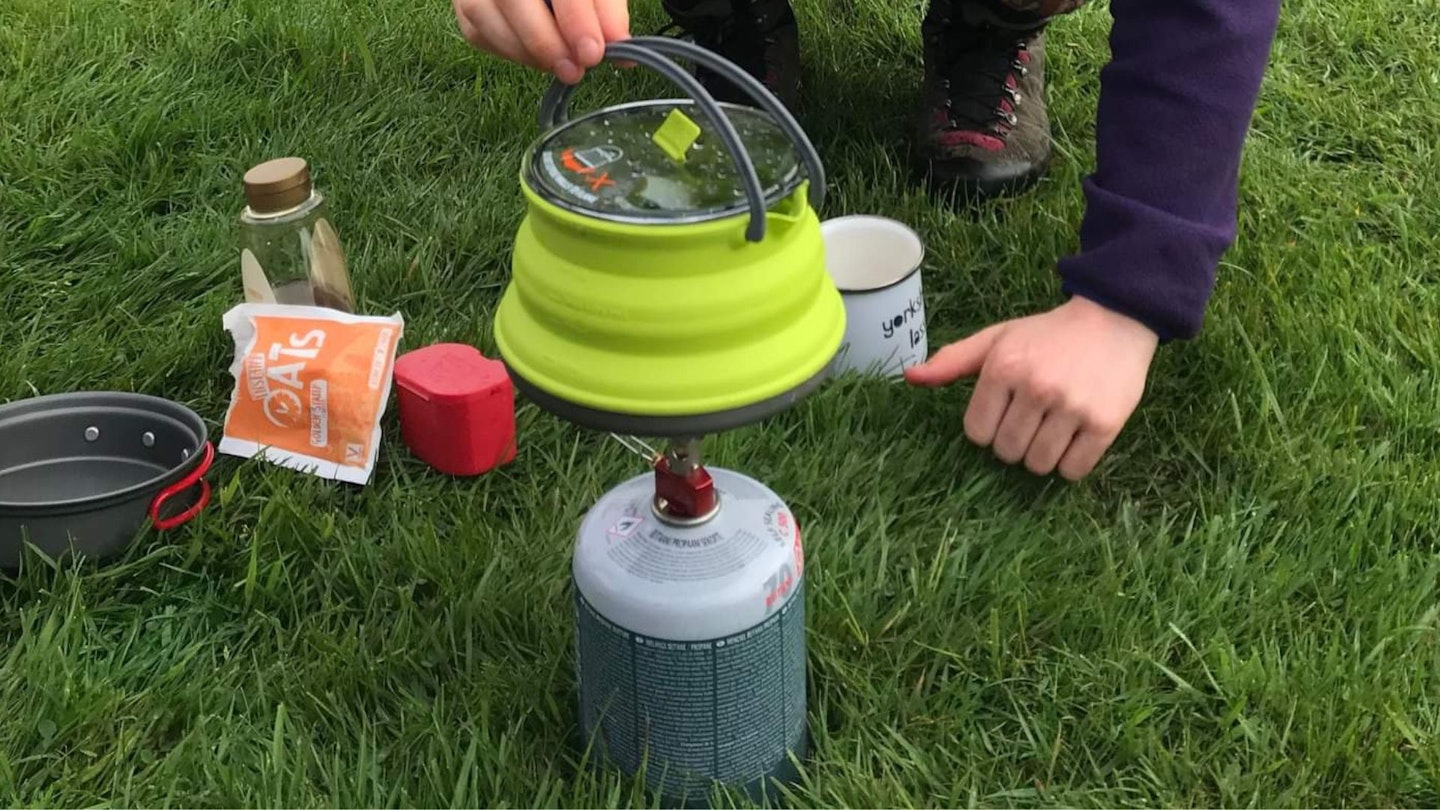
The first thing to determine when it comes to backpacking stoves is the fuel type you want to use. The type of fuel a stove takes is important because there are huge variations in design, weight, cost, and usability of wood vs gas vs petrol vs solid fuels or meths. Let's take a closer look.
Gas stoves
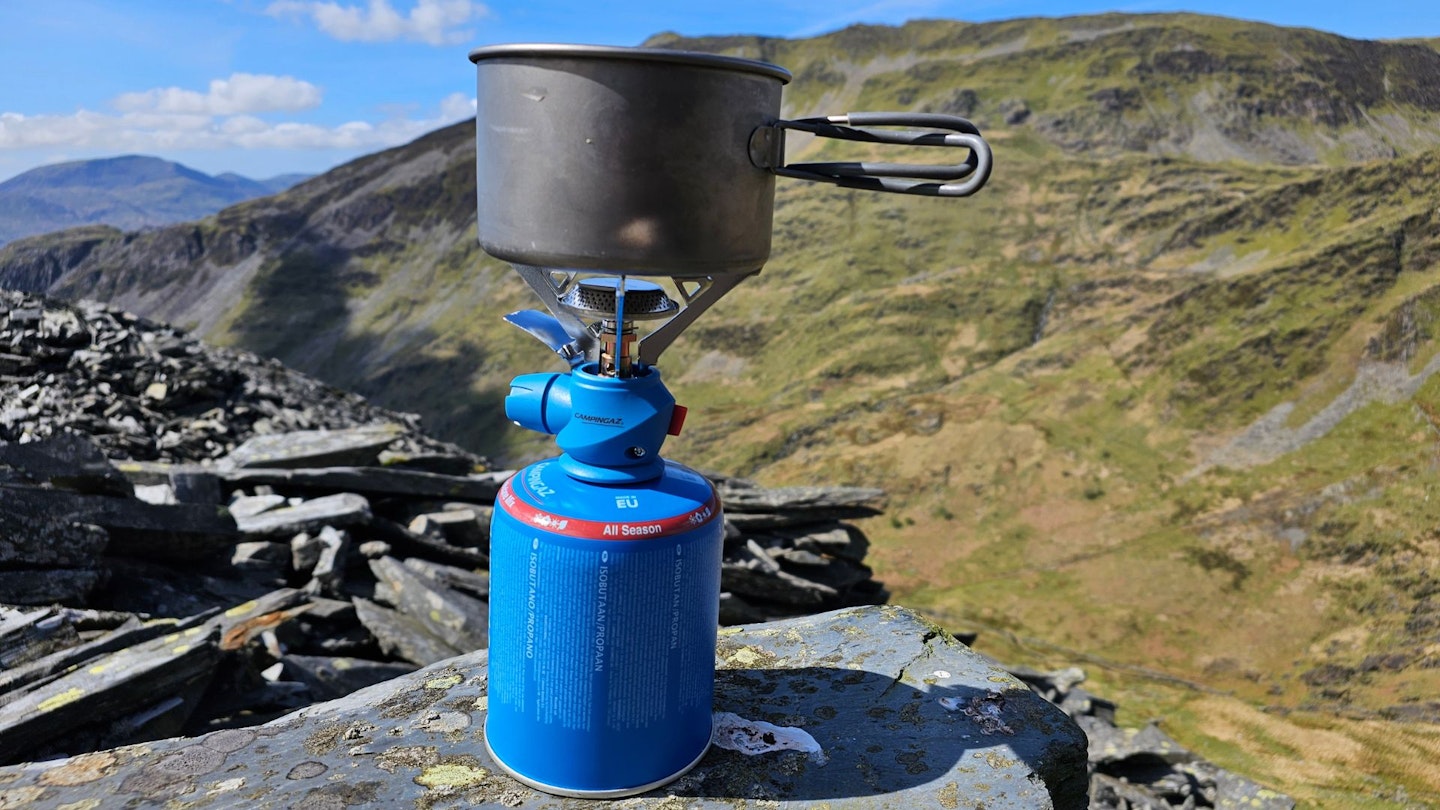
Gas stoves either sit on top of, or are attached by a hose, to pressurised gas canisters, typically containing a mix of propane and butane. These stoves are most popular among casual backpackers for their ease of setup and value for money - although with all outdoor gear, you can spend plenty if you so wish. They are simple to cook on, often featuring built-in ignitor (always bring a lighter too, however - these internal ignition systems are prone to failure, especially when wet) and a knob for flame control, enabling you to actually cook a full meal on them.
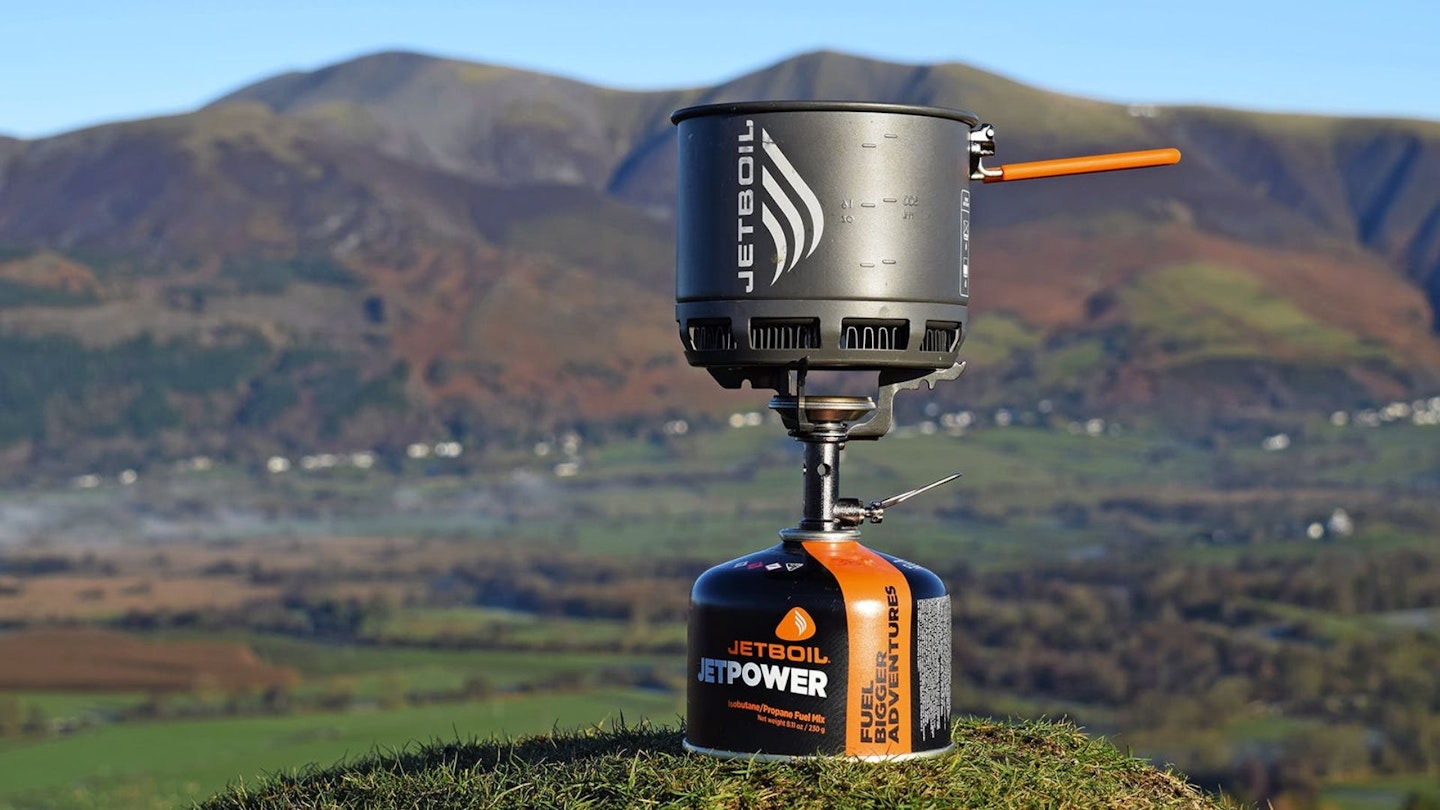
Types of canister stoves can be further divided into three main groups: screw on top, spider and Personal Cooking Systems; the most famous example of the latter being the Jetboil. Personal cooking systems (PCS) have the best efficiency due to their integrated design but they tend to be bulkier than the screw-on or spider stoves, and aren't as versatile when it comes to cooking full meals - especially for a group. If you're only looking to boil water for coffee or freeze-dried meals, a PCS could be the way to go but if you want to do thing like cook pasta, fry onions, or cook fish you've just caught, then a spider or screw on stove is a better bet.
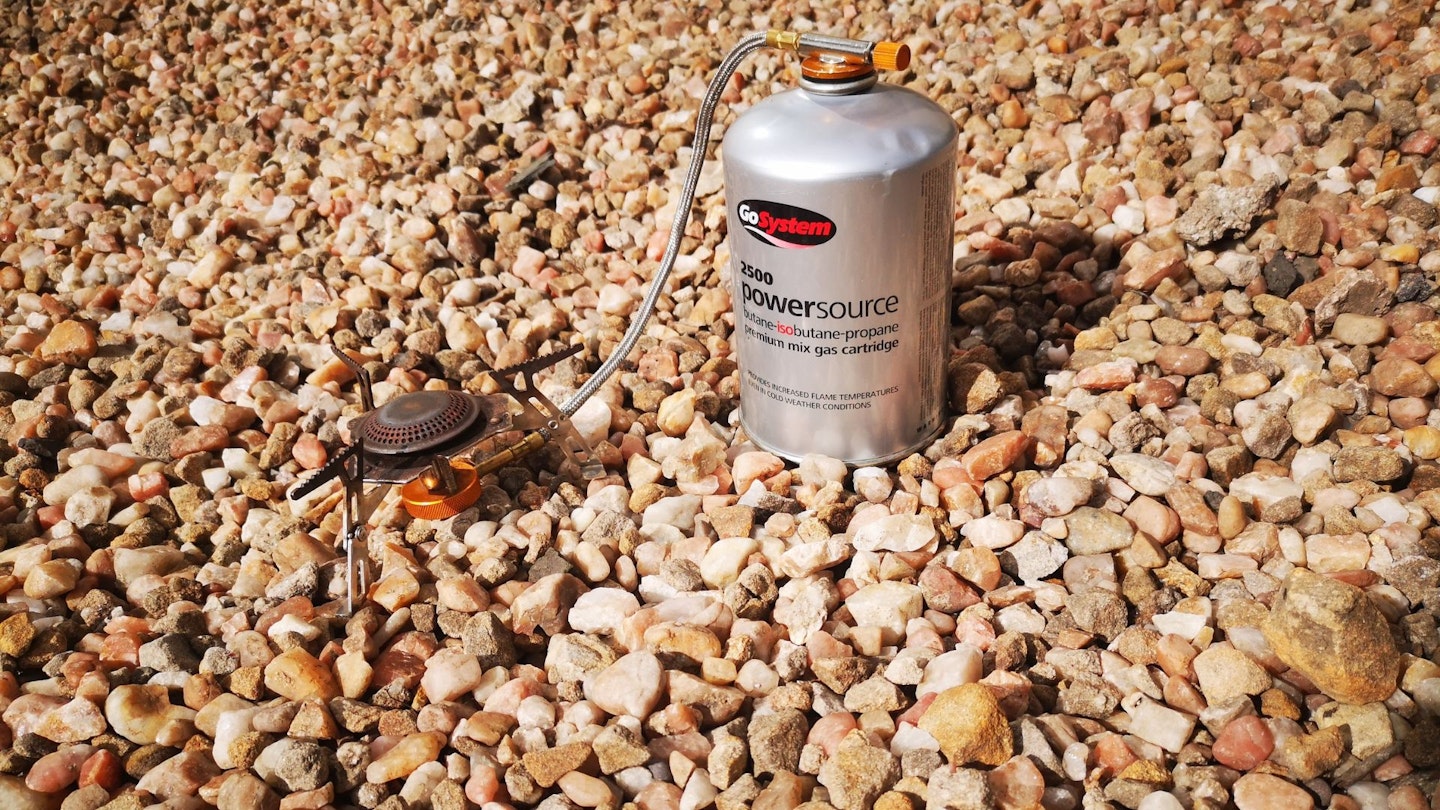
And between those two? Spider style stoves, where the burner is separated from the gas canister via a hose, tend to be slightly heavier and bulkier than screw on stoves. Deciding between the two can be tricky, but we reckon it boils down to whether you're a weight-saving fanatic, or a more of a keen outdoor cook who'd rather not run the risk of everything toppling over.
Liquid fuel stoves
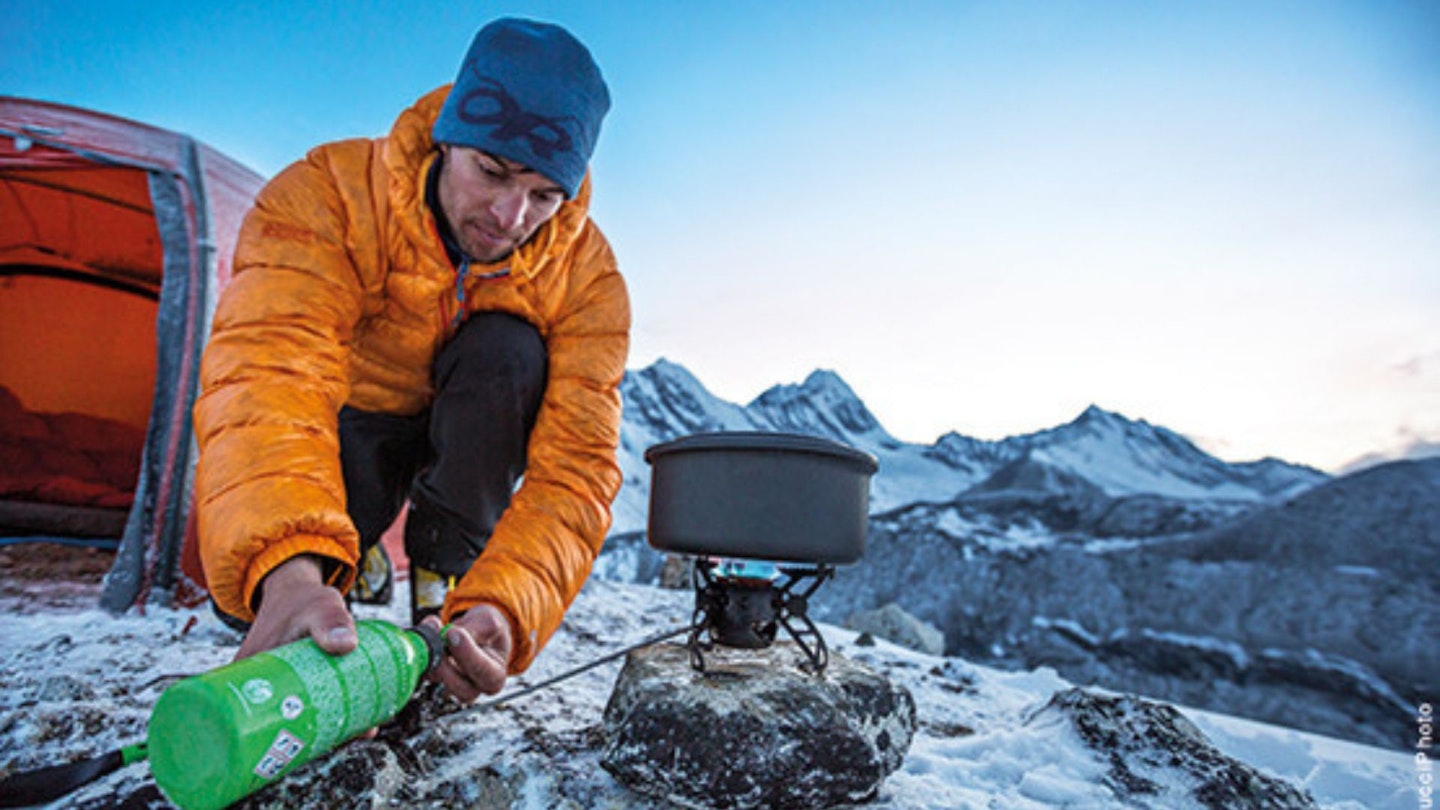
Liquid fuel stoves usually burn petrol, kerosene, or even diesel. These stoves are known among hardcore mountaineers for their reliability and versatility, performing well in extreme cold and at high altitudes. They are also more cost-effective in the long run, as liquid fuel is cheaper and more widely available.
However, they do tend to be heavier and bulkier and require more maintenance and priming before use, which on occasion can go badly wrong and you end up burning your eyebrows off. Liquid fuel stoves come into their own for extended trips, high altitude or winter camping, and international travel where alternative fuel availability might be uncertain. There might not be butane or propane available, but there is always petrol, wherever you go.
Alcohol/meths stoves
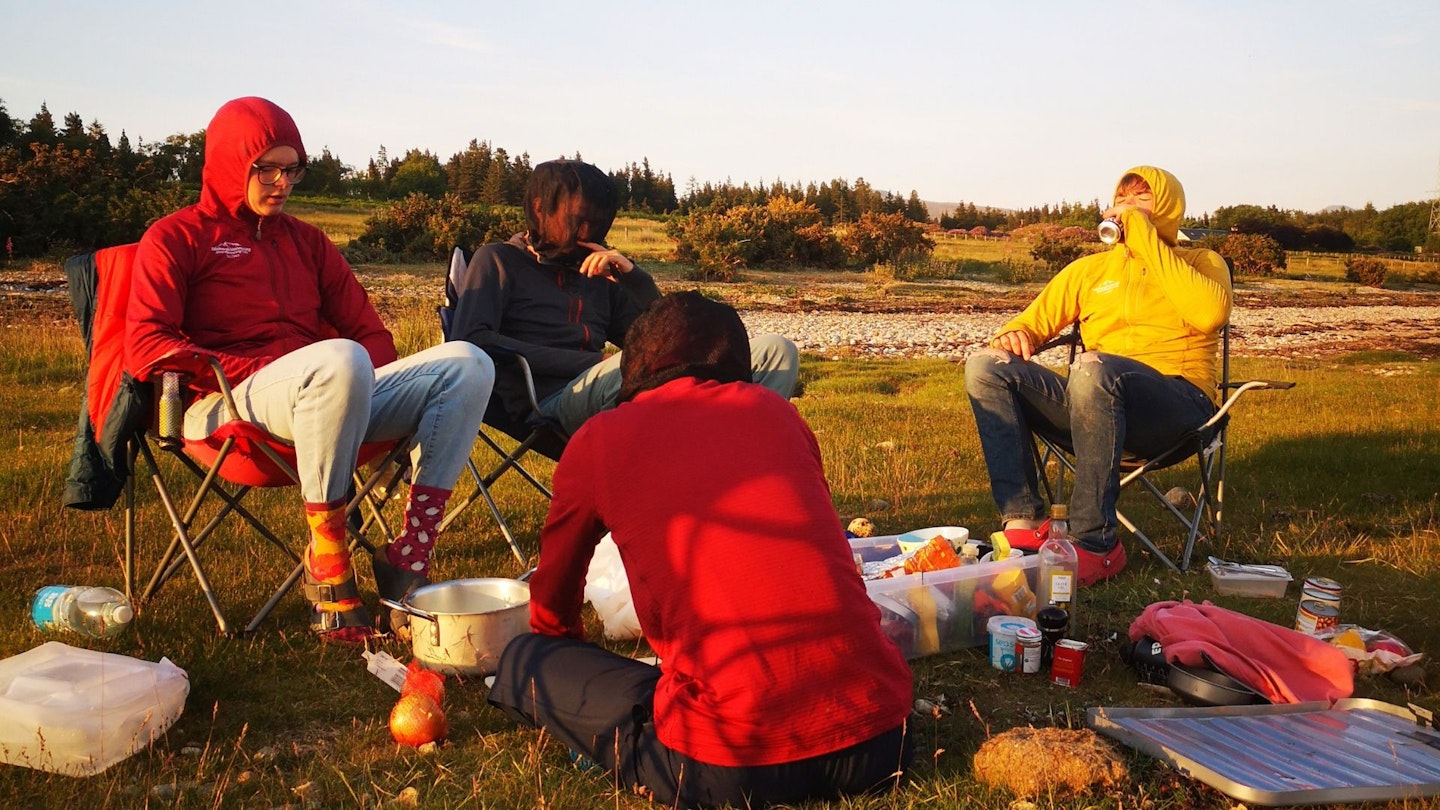
Meths, or methylated sprits (known as spirit alcohol in some circles) are favoured by beginner backpackers for their simplicity - think Trangias on DofE expeditions. They use denatured alcohol as fuel, which is inexpensive and widely available from garage forecourts as well as hardware stores. These stoves are often light and easy to construct, with many folks even making their own from cut-up fizzy drinks cans.
However, alcohol stoves have a lower heat output than many other fuel types, resulting in longer cooking times; we've found in many cases it takes about 10 minutes for water to boil, versus around 3 minutes on a regular gas stove. They lack flame control and can struggle in windy conditions without a proper windscreen. Alcohol stoves are best for minimalists on short trips in mild weather - and make sure to label your meths bottle before some poor sod ends up drinking from it.
Wood-burning stoves
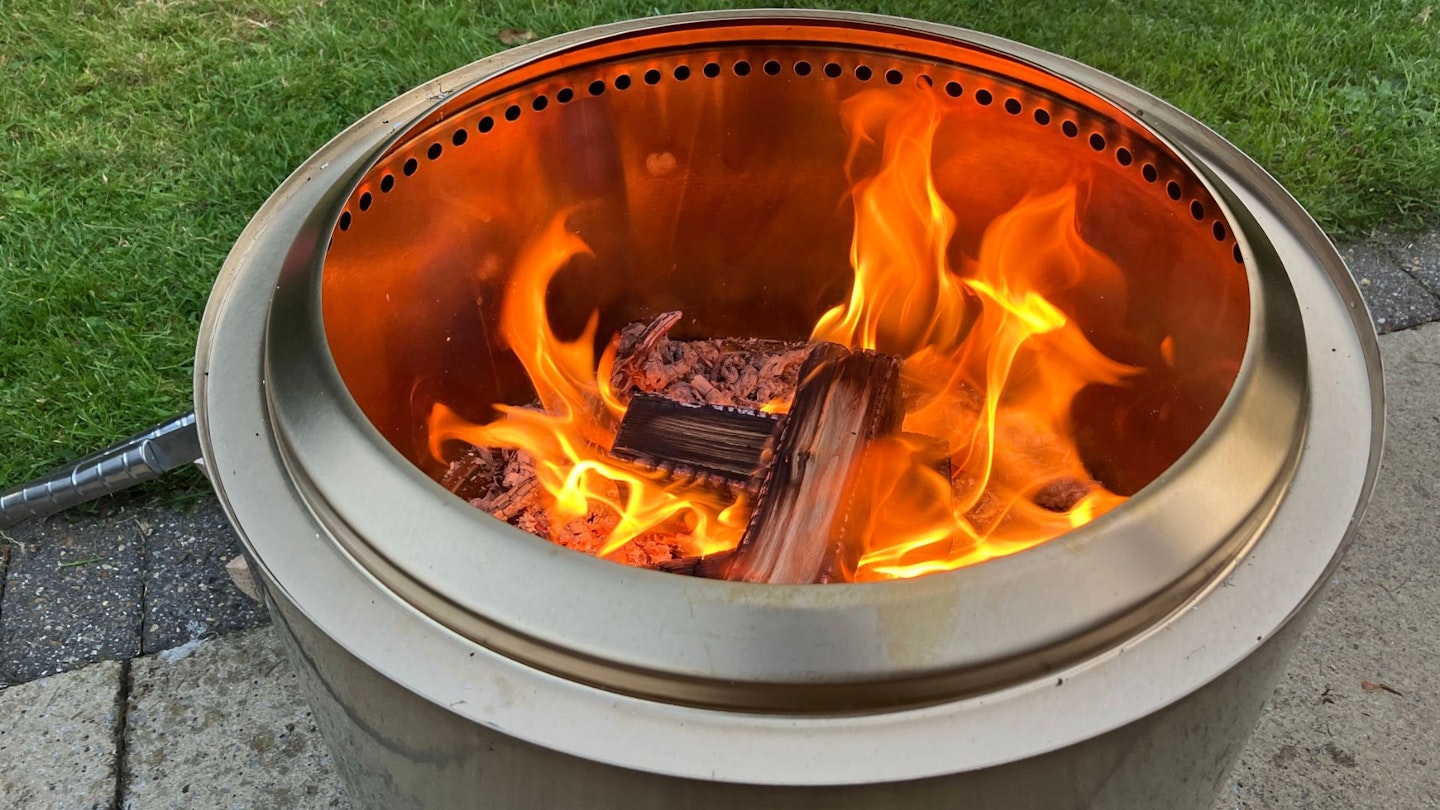
Wood-burning Stoves for backpacking use natural materials like twigs and leaves for fuel, offering a virtually unlimited fuel supply. We love them for their campfire-like ambiance in addition to their reliability: they're often composed of very strong materials without much in the way of knobs and dials, so there's less to go wrong. Contrary to popular belief, you can control the heat pretty well on some models too by regulating air intake.
However, they do rely on the availability of dry fuel which can be problematic, especially in the UK. They also require more effort to gather and prepare stuff to burn, and can produce smoke and soot, giving your clothes that classic bonfire smell which may be a bit annoying when confined to a tent later on. We often cook dinner on a wood-burning stove when out and about, but it's not as convenient as gas for boiling water for that all essential morning coffee after a night under the stars.
Solid fuel stoves
Solid fuel stoves use tablets made of a wax-like substance called hexamine, usually encased in a flatpack metal box which weighs very little. These stoves are extremely lightweight and simple to use, making them a good choice for emergency kits or very minimalist backpacking. However, solid fuel stoves have a fixed heat output and limited burn time, making them less versatile for doing much else other than boiling water. We reckon solid fuel stoves are best for emergency use or as a backup option.
Weight and packability
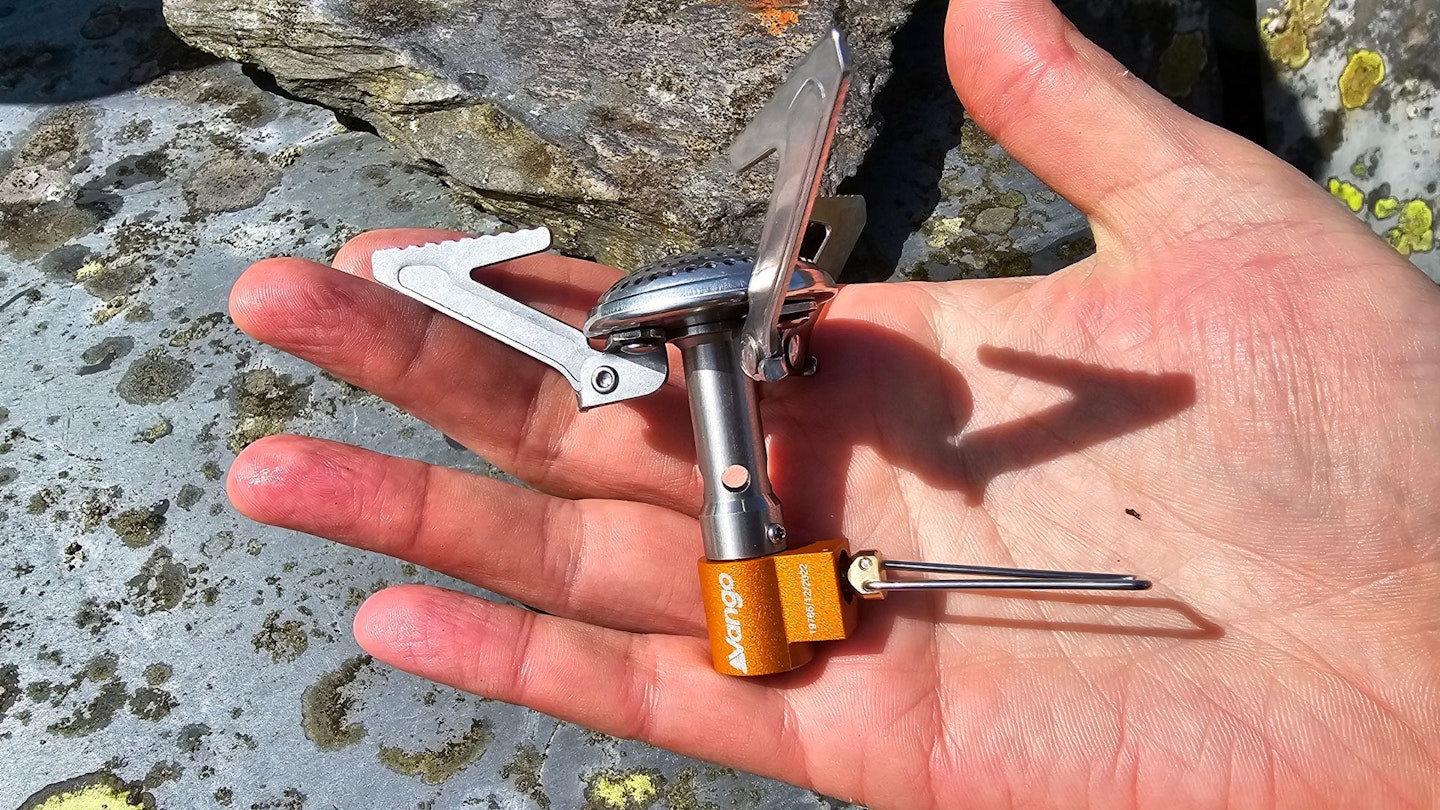
Weight is a crucial factor for backpackers, especially if you're hauling your gear over longer distances on a thru-hike. Screw-on gas stoves are typically the lightest option, with some models weighing just 25g. Liquid fuel stoves, spider gas stoves, PCS and wood-burning stoves tend to be a little heavier but offer greater versatility. You should look for a stove that ideally weighs less than 350g including its casing or bag, unless you're after a PCS which will weigh a little more but is much faster to cook on.
Ease of use and convenience

For many backpackers, ease of use is a top priority - more important than simmer control or weight in some cases. Canister stoves and alcohol stoves are very straightforward, with minimal setup required. Petrol stoves require more preparation and maintenance but offer reliable performance in a wider range of conditions. Wood-burning stoves require time and effort to gather and prepare fuel, and also require more effort when it comes to packing them out - but the experience can be super rewarding. Solid fuel stoves are also extremely simple to use, but limited in their cooking capabilities.
Cooking performance
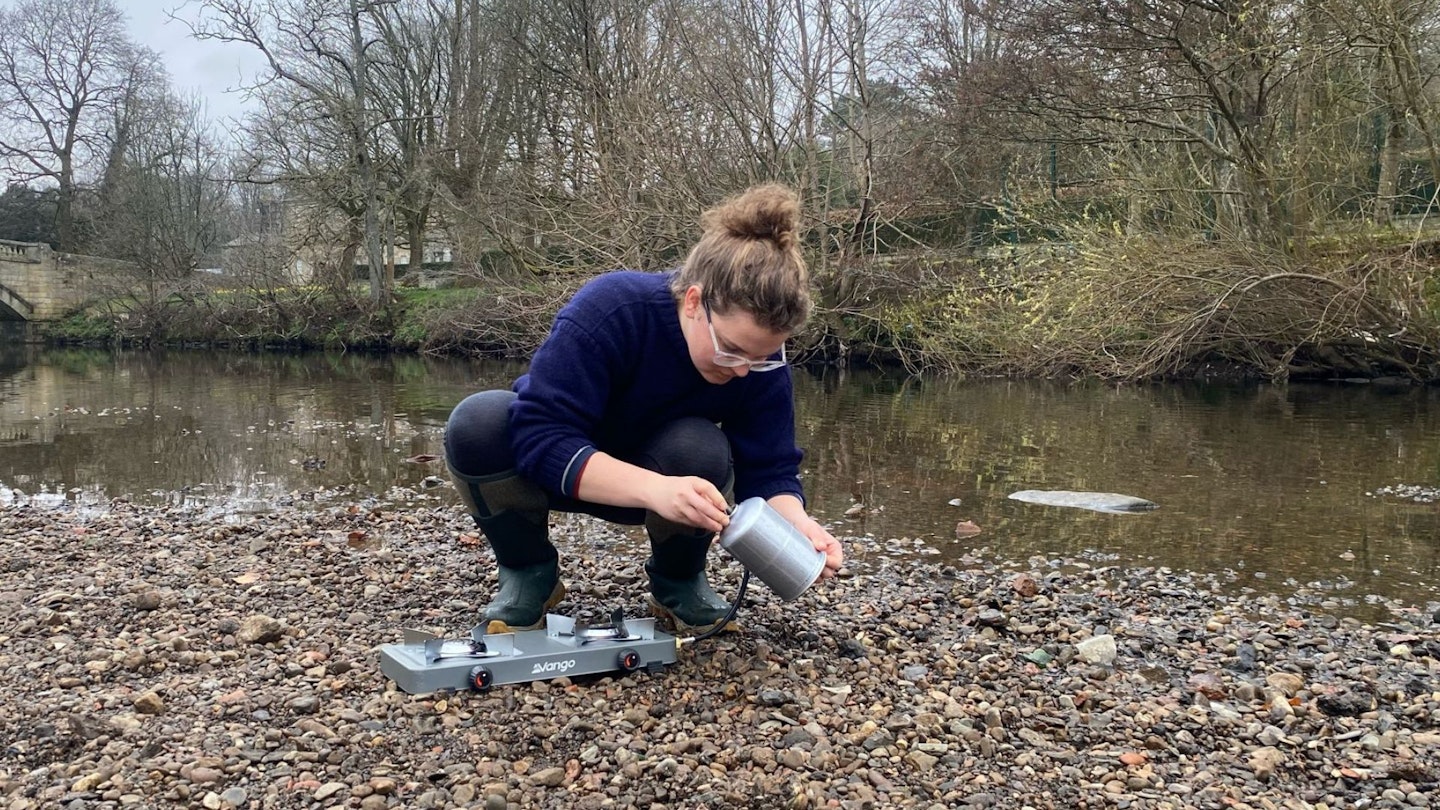
The stove's cooking performance depends not only on what you're cooking and for how many people, but also on wind direction, the power of the burner, and whether you're at altitude or not. For example, if you want to cook something low and slow over a relaxed evening, like soup or stew from scratch, stoves that burns twigs or pinecones might be the best bet as it won't cost a fortune in fuel to keep a pot bubbling.
For faster cooking (think pasta, rice and couscous dishes), gas stoves offer excellent flame control and quick boil times. Liquid fuel stoves also provide consistent boiling in extreme conditions and can be adjusted for gentler simmering but this isn't always a given. Meths-based options have a lower heat output and lack flame control, making them slower and more suited for just boiling water rather than cooking much through. That said, meths stoves are fabulous for making porridge with.
Durability and build quality
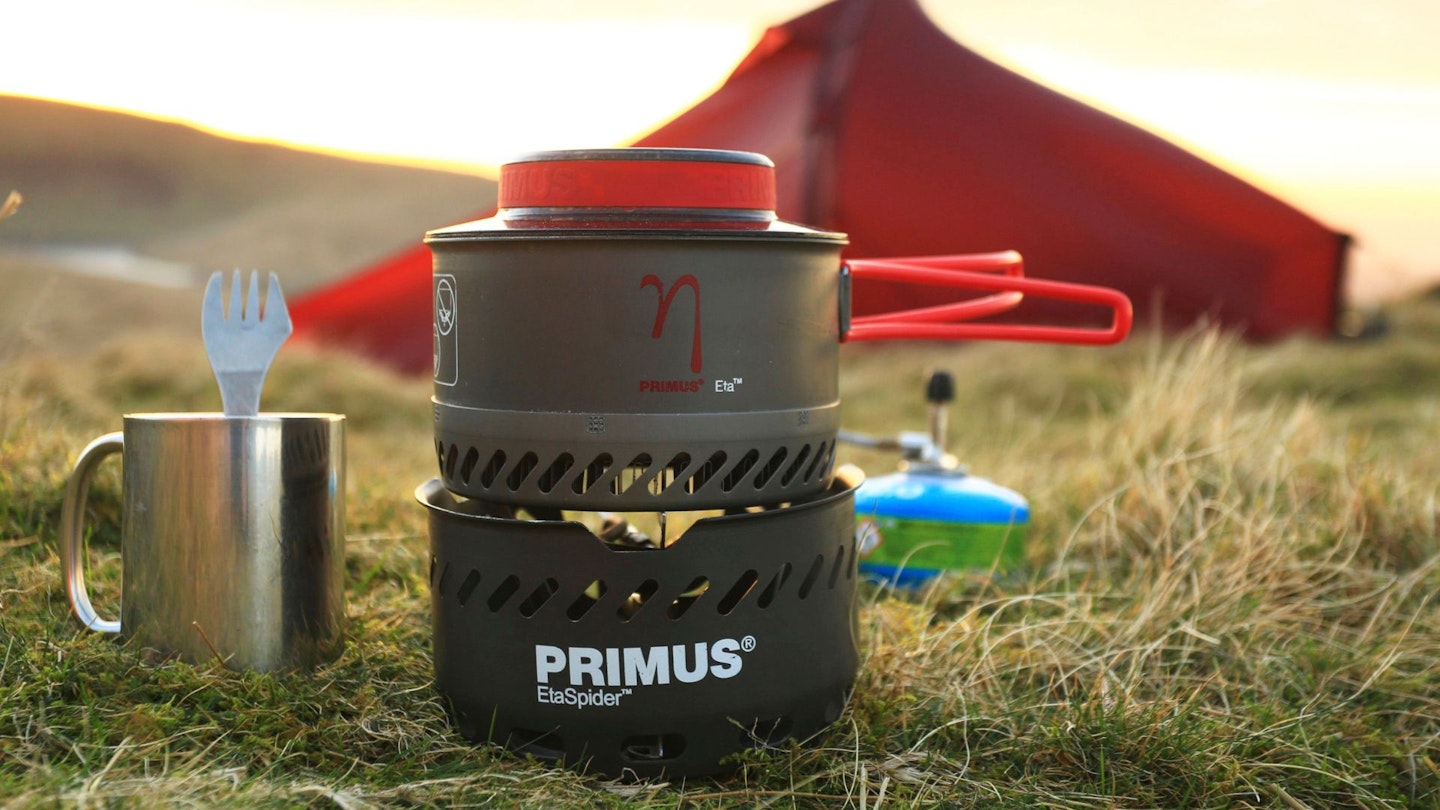
As with any outdoor gear, durability is essential when it comes to stoves. Cheap ones tend to go wrong pretty quickly, with holes appearing in hoses, ignition switches ceasing to work, or knobs and dials breaking. A leaky connection can also be dangerous in lower-quality stoves.
When it comes to buying, look for stoves made from high-quality materials like stainless steel or titanium. Check the stability of the stove and the sturdiness of its components; there shouldn't be too much wiggling in stove arms and all o rings should be intact and flush. A well-built stove will last longer and perform better in challenging conditions than a flimsy one. Investing in a reputable brand - Primus, Jetboil, Optimus, Alpkit and Vango are good bets - can save you from either a frustratingly slow dinner or worse: no dinner at all.
Price and value

Backpacking stoves come in a wide range of prices, from budget-friendly options to high-end models. Consider your budget and how often you’ll use the stove. Sometimes, spending a bit more on a reliable, well-featured stove can provide better value in the long run, especially if you camp frequently or in challenging environments.
Verdict
Choosing a camping stove can be an exciting time in a backpacker's life. By understanding your specific requirements, and reading plenty of reviews of the product before you buy, you're sure to send up with something you'll take great pleasure in using, for breakfast, lunch and dinner.
About the author

Fliss Freeborn used to be a food writer who has since transitioned into outdoor writing for LFTO - she therefore knows her stuff when it comes to camping stoves, having cooked nearly half her meals on one between 2017-2022. She uses a spider-style folding stove from Vango when backpacking.
